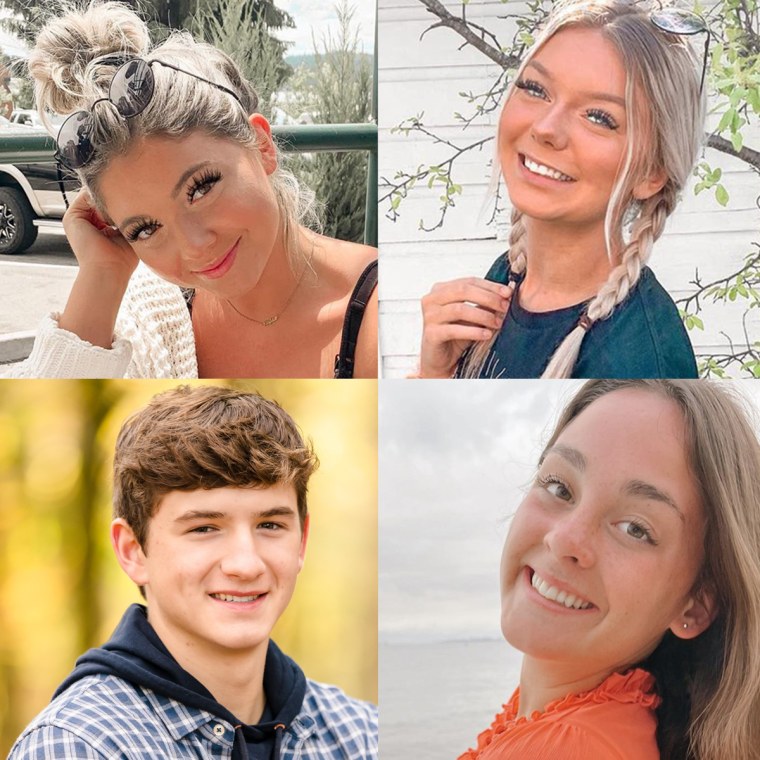BOISE, Idaho — An Idaho judge is blocking the release of some graphic photos taken by investigators after Bryan Kohberger killed four University of Idaho students in 2022.
Second District Judge Megan Marshall made the ruling Wednesday, saying the dissemination of “incredibly disturbing” photos across the internet — where the victims’ families might inadvertently see them — is an unwarranted invasion of personal privacy.
She ordered the city of Moscow to black out portions of the images that show any portion of the victims’ bodies or the blood immediately surrounding them.
But the judge said the public also has an interest in seeing investigation records, and so other photos, videos and documents connected to the case can be released, including videos showing distraught friends of the victims on the morning their bodies were found.
Kohberger was sentenced to life without parole in July for the stabbing murders of Kaylee Goncalves, Xana Kernodle, Madison Mogen and Ethan Chapin at an off-campus rental home in Moscow, Idaho.

Family members of two of the victims, Mogen and Chapin, had asked the judge to keep parts of the crime scene photos and videos hidden from public view, saying the images are invasive and traumatizing.
The criminal case drew worldwide attention, and the Moscow Police Department received hundreds of requests to release investigatory records. Idaho law generally allows for the sealing of investigation records to be lifted once a criminal investigation is complete.
After Kohberger’s sentencing, the city of Moscow responded to one such request for public records by releasing some of the photos and videos taken by law enforcement at the crime scene, blurring out the bodies of the killed students as well as the faces of other victims and witnesses who talked to police outside the home.
“There is little to be gained by the public in seeing the decedents’ bodies, the blood soaked sheets, blood spatter or other death-scene depictions,” Marshall wrote, and she noted that those images have already caused the families “extreme emotional distress.”
“The fact remains: the murder investigation and the criminal case are closed,” Marshall wrote. “Releasing these records will have minor effect upon those who continue to be perplexed by the facts or fixated on unfounded conspiracies whereas it has and will continue to have profound effect upon the decedents’ loved ones.”
Source link

